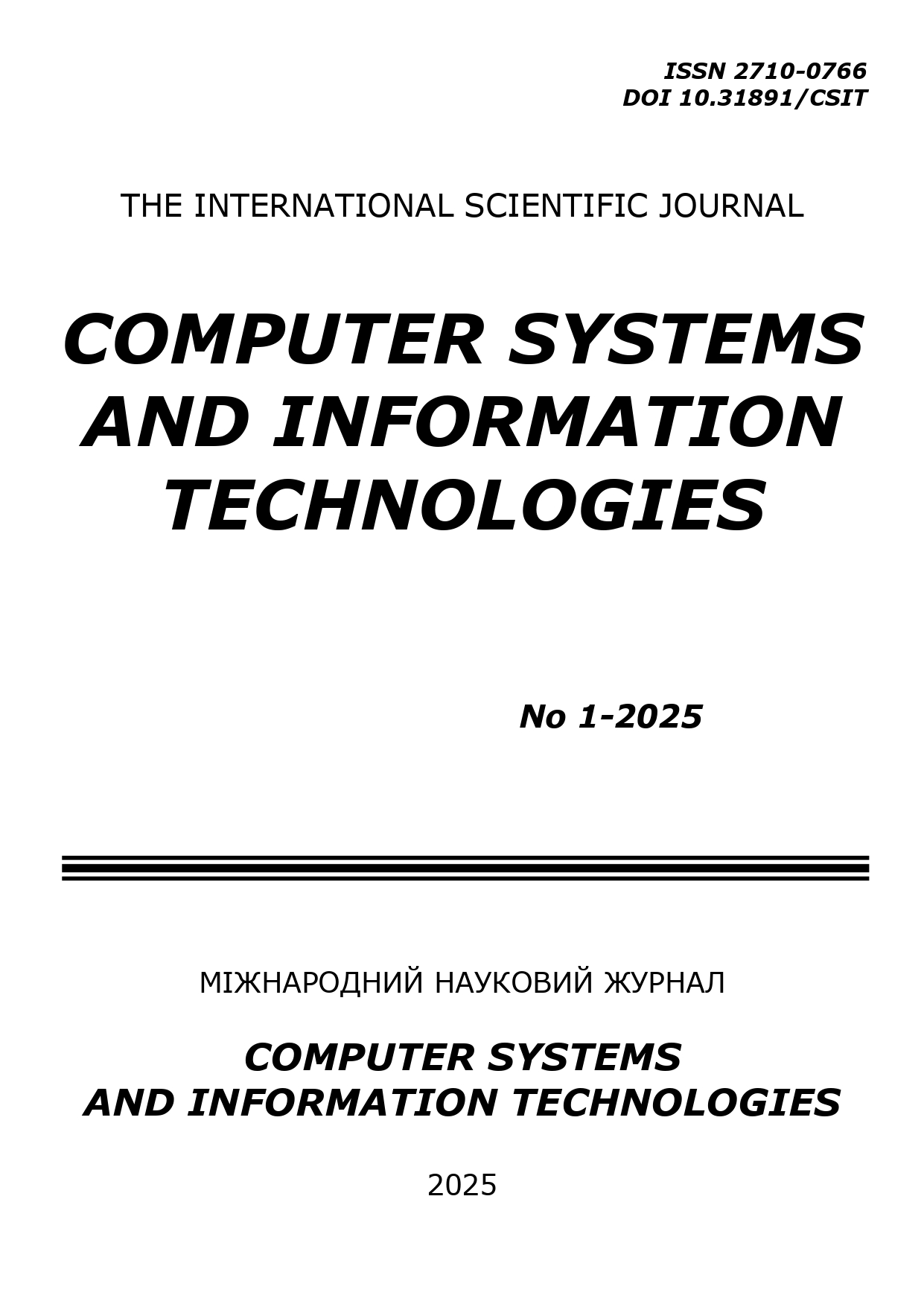SCALABLE PARALLEL TRAINING OF DEEP NEURAL NETWORKS FOR IMAGE CLASSIFICATION USING TENSOR PROCESSING UNITS
DOI:
https://doi.org/10.31891/csit-2025-1-12Keywords:
image classification, data parallelism, TPU, acceleration, transfer learning, machine learningAbstract
Image classification using machine learning techniques is crucial in fields such as medicine, ecology, and agriculture, where large datasets of images need to be processed efficiently. However, traditional deep learning methods can be computationally expensive, particularly when handling massive amounts of data. This paper proposes a novel parallel training approach for deep neural networks using multiple Tensor Processing Units (TPUs) with the TensorFlow tf.distribute.Strategy API, aimed at solving the scalability issue in image including bird species classification tasks. The primary advantage of this approach is the ability to parallelize the training process without altering the model architecture, ensuring both flexibility and efficiency. By distributing the workload across multiple TPUs, the algorithm accelerates training significantly, enabling faster model convergence. Numerical experiments comparing the proposed parallel training method on 8 TPUs with a traditional sequential approach on a single Graphics Processing Unit (GPU) show that parallel training reduces training time by a factor of 4.6 while maintaining the classification accuracy achieved in sequential training. This demonstrates that the parallelized method not only speeds up the process but also retains model performance. The proposed algorithm has shown high scalability, making it suitable for processing large datasets. This scalability is particularly beneficial for tasks requiring rapid processing of large volumes of image data, such as real-time applications in environmental monitoring or wildlife research. In conclusion, parallel machine learning methods present a promising solution for improving the speed and efficiency of image classification tasks. Future research can focus on further optimizing the scalability of this approach and enhancing its performance for even larger datasets, as well as its application in time-sensitive real-world scenarios.
Downloads
Published
How to Cite
Issue
Section
License
Copyright (c) 2025 Леся МОЧУРАД, Христина ДОЛИНСЬКА, Тетяна УФІМЦЕВА

This work is licensed under a Creative Commons Attribution 4.0 International License.

